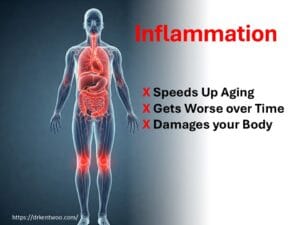Have You ever been Bored at Lectures?

Ever sat through a medical talk… and felt your eyelids slowly giving up?
Slide after slide. Data after data.
You clap politely at the end — mostly because it’s finally over.
It’s not the speaker’s fault.
Most are told to stick to the slides and push the facts.
No stories. No heart. Just data.
I’ve been in those seats too — and I swore I’d do things differently.
When I speak, my goal is simple: keep you awake, interested, and inspired.
I mix clinical insight with real stories, humor, and just enough emotion to make it stick.
How I Speak

I don’t give lectures.
I have conversations.
Short sentences.
Sharp points.
Stories that make you smile — or think.
I Rojak my talks:
A little science. A little life. A pinch of humor.
And a touch of wit for that extra crunch everyone remembers.
Whether it’s allergy, skin, or wellness — I make complex topics feel human, relatable, and occasionally funny.
Because learning should feel alive.
The Special Apple 🍏

Once, I was waiting for lunch with two colleagues.
One of them came in late — sweaty, frustrated.
He’d been at the Apple Store. Waited two hours for help.
Finally saw someone — A technical support staff, they are called Geniuses.
Problem solved in fifteen minutes.
He was furious.
“All that waiting for fifteen minutes!”
I laughed.
“You just got your problem fixed by a Genius. That’s not wasted time — that’s value.”
So here’s my question to you:
How much would you pay for someone who can deliver fifteen minutes that matter — after years of learning how to make it count?
What I Speak About

🎤 Medical & Scientific Topics
- Allergy and Immunology
- Skin Allergies and Skin Health
- Aging and Wellness
💬 Lifestyle & Human Topics
- The Doctor’s Perspective: Balancing Work, Purpose, and Humanity
- Lessons from Patients: What Illness Teaches Us About Life
- Finding Meaning (and Humor) in Modern Medicine
Why Audiences Remember My Talks
Because I don’t speak at people.
I speak to them.
Every talk blends medicine with meaning.
Science with story.
And enough heart to make you actually remember what you heard.
If you’re an event organizer, medical society, or brand looking for a speaker who can both educate and captivate — let’s collaborate. Email me at allergywoo@gmail.com
Let’s make your next event the one people still talk about — for all the right reasons.




